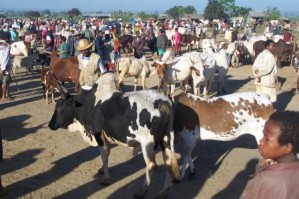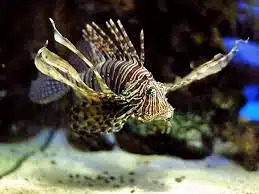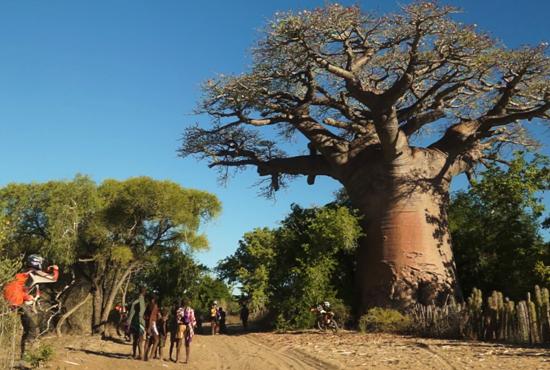
The Long Journey to Madagascar’s Slaughterhouses
According to recent estimates, there are now more zebu cattle living in Madagascar than humans, with an estimated 25 million animals representing the wealth and prosperity of many Malagasy people. However, they also pose a direct competition to them, as the already scarce arable land is further burdened by the zebu cattle. Additionally, the destructive practices of shifting cultivation and “slash and burn,” known as “tavy,” prevail.
The traditional technique of southern nomadic tribes is known as slash-and-burn agriculture. In this method, the dwindling forests of Madagascar are first burned and cleared, then used for crops or pasture for two to three years before being depleted and left devastated, while the next forests are already being burned down…
The status value of cattle or their common form of investment does not make economic sense! For the meat supply of the Malagasy people, where beef is already very expensive, 5-6 million animals would be more appropriate. Additionally, dairy farming in Madagascar is still in its infancy: the Milchwirtschaft in Madagaskar
A large bull can cost up to a million Ariary, making the trade of Zebus a traditionally profitable, although often exhausting and not always safe business!
Livestock markets like the one in Ambovombe in the south or in Ambalavao in the highlands are always well-attended and economically significant events. But many. Animals are also driven directly from their origin to the slaughterhouses of Fianar and Tana, herds of livestock on the highways are therefore a common sight! To the markets and slaughterhouses, it is often a long journey: often for weeks, the shepherds drive the animals from the area of Fort Dauphin and Ambaoasary over the mountains to the north, an endless trek of humans and animals, passed down for generations. As cattle theft is traditionally practiced in Madagascar and more recently, well-armed cattle thieves hunt down entire herds, in addition to the “death marches” to the slaughterhouses, a trend has emerged. Other clandestine and illegal infrastructure has been developed: these gangs load the herds of cattle on site onto their own cattle trucks, which then head to the nearest slaughterhouse or loading port. The prices paid for beef, for example in the Comoros or in La Réunion, make this business very lucrative. Due to the increasing dangers in the south of Madagascar, the traditional way of herding cattle, which used to last for weeks, is decreasing. To avoid cattle theft, more and more animals are now being transported by truck to Antananarivo.
More information on this topic via this link: Zebus in Madagascar







